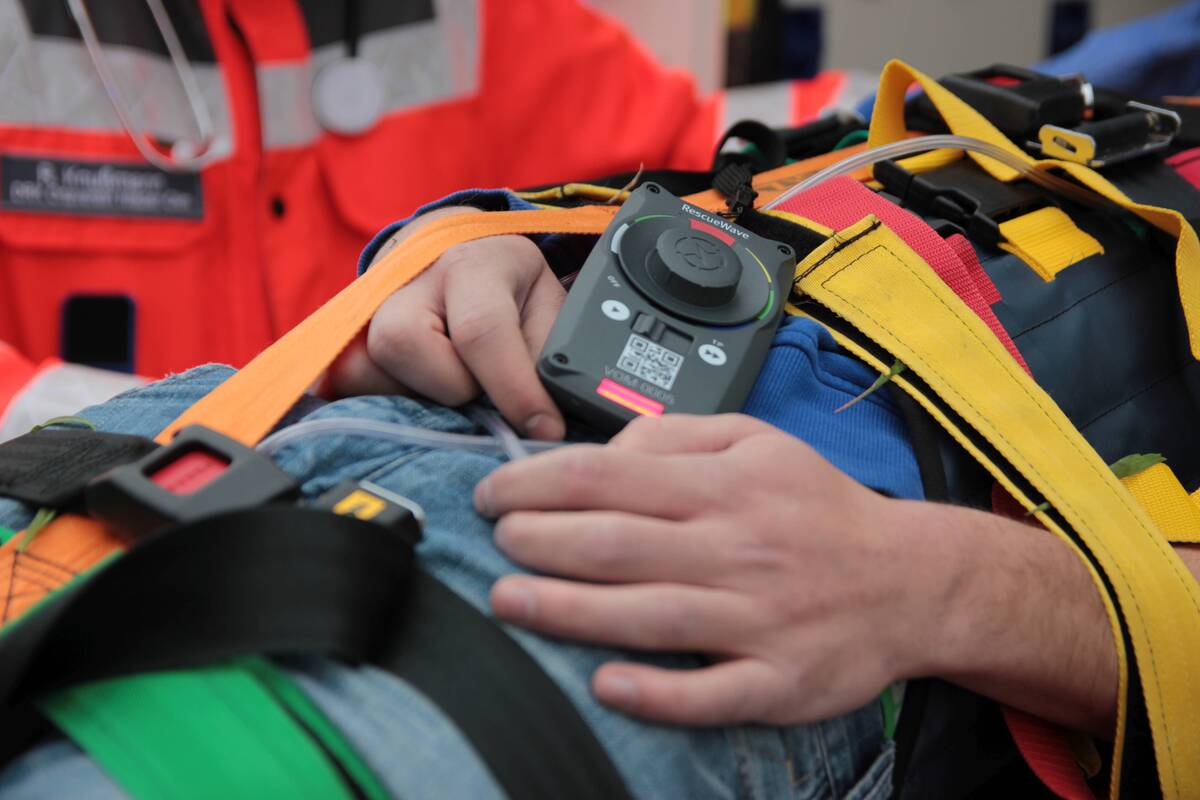RescueWave: Order instead of Chaos in Major Accidents
Presently, the order according to which people involved in a so-called mass-casualty incident are provided with first aid and transported to hospitals is being determined by a procedure initially used in military medicine. Colored slingcards indicate the priority of a medical emergency. A new electronic system, called RescueWave, now is to enhance efficiency of operations. The idea also comes from Karlsruhe Institute of Technology (KIT).
The Eschede accident in 1998, the worst train disaster in the history of the Federal Republic of Germany, killed 101 people and 88 were heavily insured. Professor Wilhelm Stork of KIT’s Institute for Information Processing Technology (ITIV) and Director of the FZI Research Center for Information Technology still remembers watching a TV documentation some years later: “About 3000 rescuers with nearly 250 vehicles were involved, but the situation was rather chaotic.”
The Head of the Microsystem Technology Group of ITIV then initiated a project within the KIT Research Training Group on Sensor Networks. The then doctoral student Ashok Kumar Chandrasekaran was a member of the group and helped develop of a solution to bring order into this chaos: The software-based system RescueWave. Research at KIT and advanced studies at KIT’s FZI Research Center for Information Technology were carried out in cooperation with VOMATEC Innovations GmbH and antwortING Beratende Ingenieure PartGmbB. The company ITK Engineering coordinated the system’s further development to maturity.
Complete text: Press release 020/2018
del, 26.02.2018


